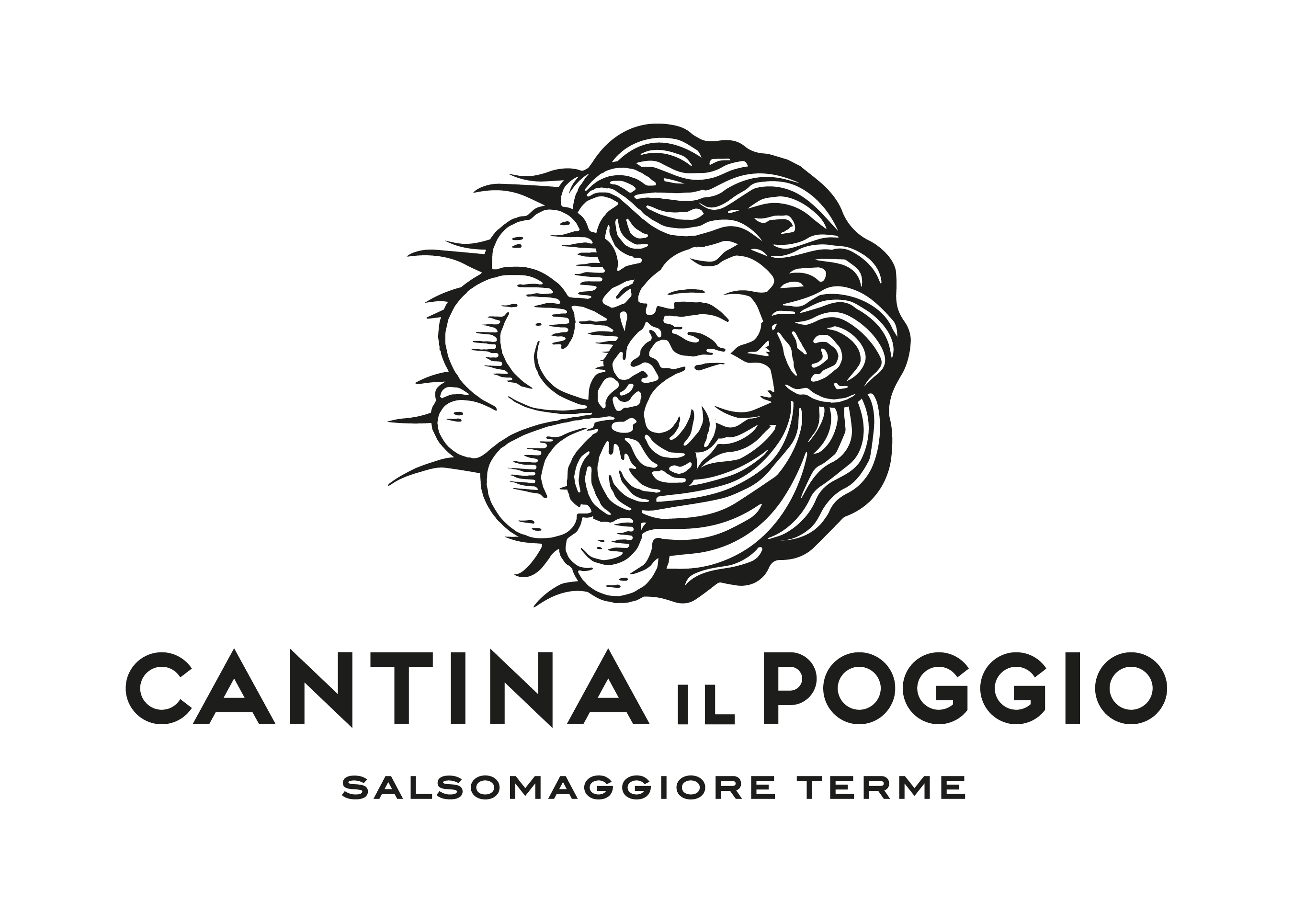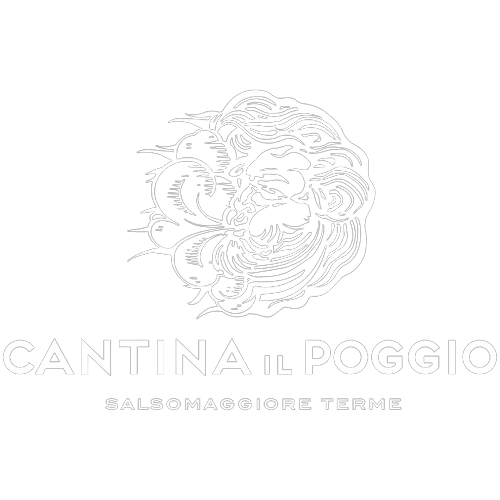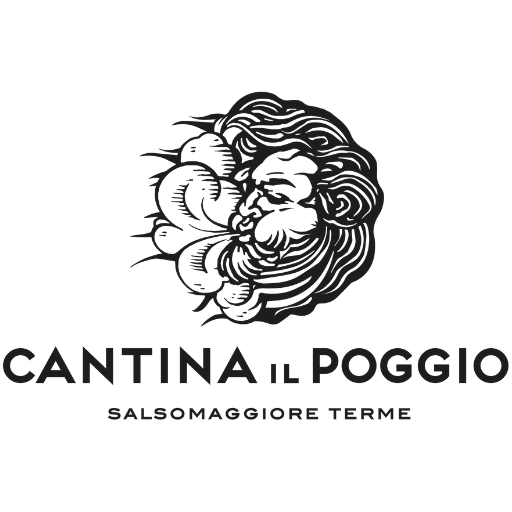Wine and Health: Why Today We Drink Less, but Better
Wine and Health: Why Today We Drink Less, but Better
There was a time in Italy when wine was among the most important protagonists at the table. The famous ‘fiasco’ placed in the center, without a label or with a faded label that at most indicated the type of grape variety. The tablecloth, made of lightweight fabric, often checkered, full of red stains that would never come off.
Today, we hardly set the table, and wine has gained greater importance but serves only for special occasions.
How did we get here? How is it possible that wine, once an essential beverage in every Italian family, is now just an occasional accessory?
In this article, I want to talk to you about the correlation between wine and health and the major factors that have led us to become more conscious consumers today.
Wine as Part of Tradition, Part of the Problem
It’s undeniable that wine has been an intrinsic part of our culture and tradition for centuries, but it’s essential to understand that its impact on health is complex and not always positive.
Numerous medical and scientific studies have shown that excessive alcohol consumption is associated with a range of health issues. Firstly, alcohol is a psychoactive substance that can impair cognitive functions, alter perception, and hinder the ability to make rational decisions. Additionally, chronic alcohol abuse can lead to liver damage, such as fatty liver and cirrhosis.
Equally important is the link between alcohol consumption, including wine, and the onset of cardiovascular disorders. Despite some studies suggesting limited benefits from the polyphenols present in red wine, excessive alcohol consumption is associated with increased blood pressure, inflammation, and the risk of heart diseases.
We cannot ignore the effects on the central nervous system either. Alcohol abuse can lead to permanent neurological damage, including cognitive deficits and impaired motor functions. Moreover, the risk of addiction is a constant threat for those who consume alcohol excessively, including wine.
The Event that Change Wine in Italy
For some strange reason, various tragedies in human history always lead to change and increased awareness.
Does the Methanol scandal ring a bell? Dozens of people died, many were left blind, and investigators took years to uncover the rot within this whole story.
Yet, for years, they managed to adulterate wine with methanol, and for years, wineries managed to sell large quantities of it to supermarkets. Why? Because consumers were not aware, they were not willing to spend more than a certain amount on wine, but above all, in Italy, wine had no other value than that of a bottle in the middle of the table, ready to make the elderly drunk and send them to bed.
The wine was not of quality, just as its taster was not. It was a tool, less alcoholic at the time than today, which served as an energy source for working in the countryside or for cheering up the patriarch and his companions at the table. Few were those who bought renowned bottles, carefully stored them in their cellars, and appreciated their characteristics.
How Did We Become Conscious Wine Consumers?
Mario Soldati, the first Italian food and wine journalist, who embarked on a journey across the entire Italian peninsula in search of genuine wine, and this marked a very important turning point.
But the real revolution happened during those dark years when people gradually stopped buying wine at supermarkets and began to appreciate bottles purchased from wineries.
Today, it’s almost impossible to find low-quality wine, quite the opposite! All producers want their product to be certified, natural, with minimal processing, but above all, they want their wine to tell a story.
Wine is an alcoholic beverage; it can never be healthy or wholesome. How can we attribute the healthy aspect to it?
How to Choose Quality Wine
Certainly not through the label or the origin, despite certain areas of Italy and the world being more polluted or industrialized than others. Certainly not through the regulations or certifications of today.
So, how do we choose quality wine? How do we attribute a health-oriented aspect to a glass?
Through emotions, people, and the stories they have to tell you.
There’s no better way, ladies and gentlemen, to visit the winery, get to know the people who make the wine, have a tasting, and ask questions.
Getting curious and learning more about the world of wine, engaging with those who share this passion with us, will inevitably lead us in the right direction.
Lately, wine tourism has exploded all over Italy. Before the pandemic, only a few wineries opened their doors and offered real tourism experiences.
At Cantina Il Poggio, our focus is based on the cultural tasting experience: with a first part of the visit and an explanation of our vineyards, how we make them, followed by a practical part, the tasting.
Learning new things, becoming aware preferring medium-small wineries run by genuine people with great passion means making a choice, valuing a territory, respecting and appreciating it, while also safeguarding our well-being.
We are waiting for you here at Cantina Il Poggio to easily and interactively tell you about our way of making wine. So that you can make the right choice 😉
“I and my sister visited ‘Cantina Il Poggio’ one summer afternoon. We were immediately captivated by the location of the winery, elevated above the expansive plains, situated on a hill (Poggio), surrounded by fields, an immediate sense of serenity.
The young man who guided us on the tour was very knowledgeable, but even better, very passionate. From the vineyards to the tasting, he told us the story of their wine.
I recommend this experience to everyone for exploring and becoming passionate about the work of a niche winery. The attention to the smallest details, the precious explanations, and offering quality products encourage tourists to become attached to the place, to want to know more, and to return in the future.”




